Researchers have determined how to effectively measure the magnetic fields at Neptune to determine if any of the moons are ocean worlds… in just twelve minutes. Plus, lasers recreate galaxy cluster conditions, some mind-bending new math, how the Earth’s crust developed, and a look at the long history of Daylight Saving Time.
Podcast
Show Notes
Laser experiment recreates galaxy cluster conditions
- University of Chicago press release
- University of Oxford press release
- “Strong suppression of heat conduction in a laboratory replica of galaxy-cluster turbulent plasmas,” Jena Meinecke et al., 2022 March 9, Science Advances
To be watched: New math discovery
- Chalmers University of Technology press release
- “Emergent Sasaki-Einstein geometry and AdS/CFT,” Robert J. Berman, Tristan C. Collins, and Daniel Persson, 2022 January 18, Nature Communications
Magnetic fields help find ocean worlds
- Finding Moons’ Hidden Oceans with Induced Magnetic Fields (Eos)
- “Single- and Multi-Pass Magnetometric Subsurface Ocean Detection and Characterization in Icy Worlds Using Principal Component Analysis (PCA): Application to Triton,” C. J. Cochrane et al., 2022 January 25, Earth and Space Science
Earth’s “hot flash” responsible for continental crust
- Earth’s Continents Share an Ancient Crustal Ancestor (Eos)
- “Widespread reworking of Hadean-to-Eoarchean continents during Earth’s thermal peak,” C. L. Kirkland et al., 2021 January 12, Nature Communications
Astra reveals cause of NASA mission failure
- Astra press release
Daylight Saving Time has a long history
- Daylight Saving Time (timeanddate)
- The Waste of Daylight (National Museums Scotland)
Transcript
We have hit that time of year when the clock betrays. Weekend by weekend, we are going to spring our clocks ahead, lose an hour of sleep, and shake our fists at that piece of history that brought us so much timezone confusion. Today, we take an in-depth look at that “choice” that was made and is so often regretted.
We also have mind-melting science that includes blob-melting science as 196 lasers take on the task of replicating a galaxy core, and some theories on measuring icy world oceans are melding gravity and quantum mechanics.
All of this and more is coming at you, right here on the Daily Space.
I am your host Dr. Pamela Gay.
And I am your host Erik Madaus.
And we’re here to put science in your brain.
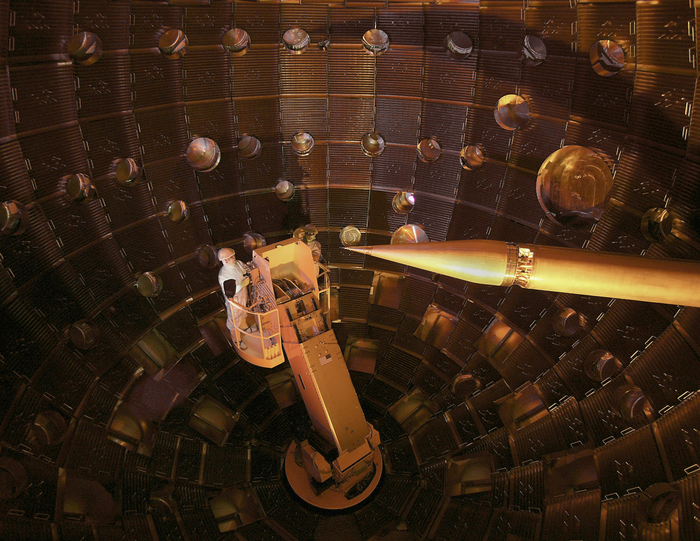
Today’s first story is one that literally had me just shaking my head as I read it. According to the press release title: 196 lasers help scientists recreate the conditions inside gigantic galaxy clusters.
I don’t know exactly how this research got started, but I feel like a couple of researchers were in a café, and one lamented to the other that modeling galaxy clusters in a computer just isn’t accurate enough, and the other was like, “I’ve got some lasers. Let’s just replicate a cluster after lunch tomorrow.”
Again, I don’t know exactly how this research got started, but that’s going to be my headcanon.
Here’s the problem. When we observe clusters of galaxies, we see superheated gas — 10 million Kelvin levels of superheated gas of just protons and electrons that are too hot to form atoms. Exactly how gas this hot comes to exist and stay this hot is something we can’t explain, and uncovering the details of how hot gas, magnetic fields, and time interact hasn’t been an easy process.
So researchers focused 196 lasers at the National Ignition Facility in California on a tiny target and heated that target to white-hot plasma with powerful magnetic fields, and in this short-lived blob, they observed temperature variations that indicate that in this kind of an intense environment, electrons don’t transfer energy the way they normally do. Instead of colliding regularly and radiating heat, these tangled magnetic fields cause electrons to spiral through the fields. This directed motion stops the normal dispersion of energy. In this experiment, they suppressed the conduction of energy by a factor of one hundred!
According to researcher Don Lamb: This is an incredibly exciting result because we’ve been able to show that what astrophysicists have proposed is on the right track”. Colleague Petros Tzeferacis adds, “The simulations were key to untangling the physics at play in the turbulent, magnetized plasma, but the level of thermal transport suppression was beyond what we expected.
And in addition to these needed results, they got to blast a small sample to smithereens with 196 lasers… for science. Who doesn’t love that?
According to a release on this work: More questions remain about the physics of galaxy clusters, however. Though the hot and cold spots are solid evidence for the impact of magnetic fields on the cooling of the hot gas in galaxy clusters, further experiments are needed to understand exactly what is happening. The group is planning its next round of experiments at NIF later this year.
For now, this work appears in Science Advances and was led by PI Gianluca Gregori.
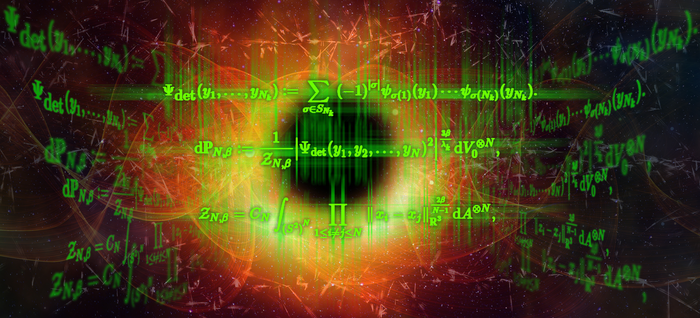
Science makes progress in weird ways. Our understanding of how baseballs arc and moons orbit requires calculus to fully understand. An entire field of math had to be developed to make the same calculations our brains do automagically every time we go to catch something. Understanding quantum mechanics required Dirac to invent yet more maths, and with relativity, field theories entered regions they had never entered before.
When researchers try to understand complex problems there is almost always this underlying fear or excitement – or both – that new math is going to be required. As Daniel Persson puts it: We strive to understand the laws of nature, and the language in which these are written is mathematics. When we seek answers to questions in physics, we are often led to new discoveries in mathematics too. This interaction is particularly prominent in the search for quantum gravity – where it is extremely difficult to perform experiments.
Quantum gravity is that just-out-of-research concept that unifies quantum mechanics and gravitation, with all its relativistic twists and turns. Robert Berman explains: The challenge is to describe how gravity arises as an ‘emergent’ phenomenon. Just as everyday phenomena – such as the flow of a liquid – emerge from the chaotic movements of individual droplets, we want to describe how gravity emerges from the quantum mechanical system at the microscopic level.
And Berman and his colleagues just might have succeeded. Maybe. Or as Berman puts it: Using techniques from the mathematics that I have researched before, we managed to formulate an explanation for how gravity emerges by the holographic principle, in a more precise way than has previously been done.
The holographic principle is part of string theory that explains that any higher dimension volume can be described on a lower dimension surface. As Larry Susskind explains: The three-dimensional world of ordinary experience––the universe filled with galaxies, stars, planets, houses, boulders, and people––is a hologram, an image of reality cited on a distant two-dimensional (2D) surface.
Basically, according to the holographic principle, all of reality really is just shadows on a wall as Plato suspected.
If this math proves to not only match reality but also to have testable predictive qualities, then this team is destined to win a Nobel Prize, but experiments will be needed. This is a “watch this space” kind of result. String theory has never been proven. It is a lot of really ugly math that can be tuned to match what we see, but it hasn’t made unique predictions that make it clear it is more than just math, like Ptolemy’s epicycles, that seems to work if you fuss hard enough with it.
So watch this space. Maybe gravity and quantum mechanics can be unified or maybe not. Time and testable predictions will tell.
I, for one, sit firmly in the “let’s do experiments” camp and gladly now switch topics to look at things we can measure: magnetic fields in ocean worlds and our own Earth’s continents’ ancestral crust.
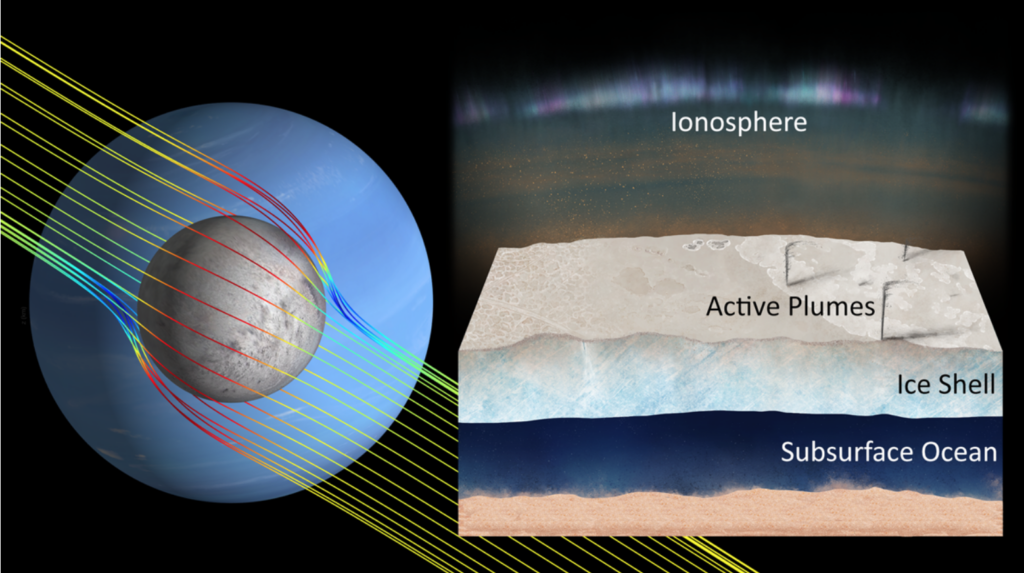
As much as I love experimental and observational data more than I love theory and all the mathematical models that theory builds on, I have to admit that, sometimes, doing a lot of modeling ahead of time makes it possible for experiments to be done much more effectively. Consider the question: How do we know if an icy moon actually has liquid water on the inside? Sometimes we get lucky, and the moons spray water at our spacecraft, but we can’t exactly count on that.
In planning a flyby of Neptune’s moon Triton, researchers realized they’d have about twelve minutes to acquire as much data as they could to determine if the moon does or doesn’t have subsurface water.
In the absence of geysers, researchers have to turn to things like magnetic fields. Large worlds like Neptune have large magnetic fields that can be measurably affected by passage through salty seas in moons and by an atmosphere that also happens to be present. Since both atmosphere and internal oceans can affect magnetic fields, and since neither of them affects the magnetic fields a lot, mission planners realized it was going to be imperative that they figure out exactly what to measure and focus on measuring that.
Enter the modelers. Researchers programmed software to run 13,000 models of a magnetic field interacting with a moon that had variable amounts of atmosphere and ocean and looked to see what measurable features changed and how to isolate collections of things that changed the most. This is called principal component analysis, and it allows researchers to figure out “if we measure these three things, we will know this one thing really well.”
And now, this team has a bunch of software that is ready for that day when someone finally funds a mission to Triton, and that software, with twelve minutes of just the right data, will be able to say ocean world or not.

One thing we can say for certain is that Earth is an ocean world. But how did it end up with as much continental crust as it did? The most prevailing thought started to look really good once scientists decided that plate tectonics was a thing. (Beth wants me to say [checks notes], “Justice for Alfred Wegener!”) After all, plates dive down under one another in subduction zones, causing the underlying rock to melt and rise through the crust to form volcanoes that create more crust. And as those plates come together, others rift apart and create zones where molten rock rises and again, forms new crust. See Iceland.
Of course, the flipside to the subduction zones is that the rocks that submerge and get heated are also destroyed, so we’re not actually seeing a net gain in the continental crust there or from the rift zones. Additionally, plate tectonics hasn’t always worked this way, which really defies a basic precept of geology that’s what’s past is prologue – meaning we can trace back how things worked in the past by looking at how they work now. It’s just not fair when we ignore a basic principle, in my opinion, but that’s how this story goes.
So plate tectonics started gradually about three billion years ago, more than a quarter of the way through Earth’s long history. This means continents had to come from somewhere else; however, with all the oldest rocks being destroyed in the mantle through subduction, scientists had to turn to the tiniest of crystals to get a glimpse of the past. And when we say tiniest of crystals, we mean microscopic bits of zircon, which is nigh indestructible, leftover in larger more recently created crystals.
In particular, research published last year in Nature Communications provides an analysis of microscopic zircon grains found in the archived stream sediment samples taken in a region in the west of Greenland. Using lasers and isotope analysis, scientists learned that “the zircon crystals varied widely in age, from 1.8 billion to 3.9 billion years old—a much broader range than what’s typically observed in Earth’s ancient crust.”
This result proved to be intriguing and set the stage for further analysis of more samples from around the world to compare. And all the samples began to say the same thing: …these large data sets all showed evidence of repeated injection of mantle melts into much more ancient crust. Ancient crust seemed to be a prerequisite for growing new crust.
And these injections all occurred around the same time, about 3.2 billion and 3.0 billion years ago, which coincides with the period when Earth’s mantle temperatures are thought to have been at their peak. So just like hot flashes happen with people, they apparently happen with planets, and this particular hot flash provided such a huge amount of mantle melt to largely create the volume of continental crust we see today. Plate tectonics has destroyed and created lots of rocks, but it wasn’t enough to give us the current amount of rocks. And now we know.
Up next, we have a special segment on everyone’s least favorite time of year – Daylight Saving Time. But first, Erik has a launch update.
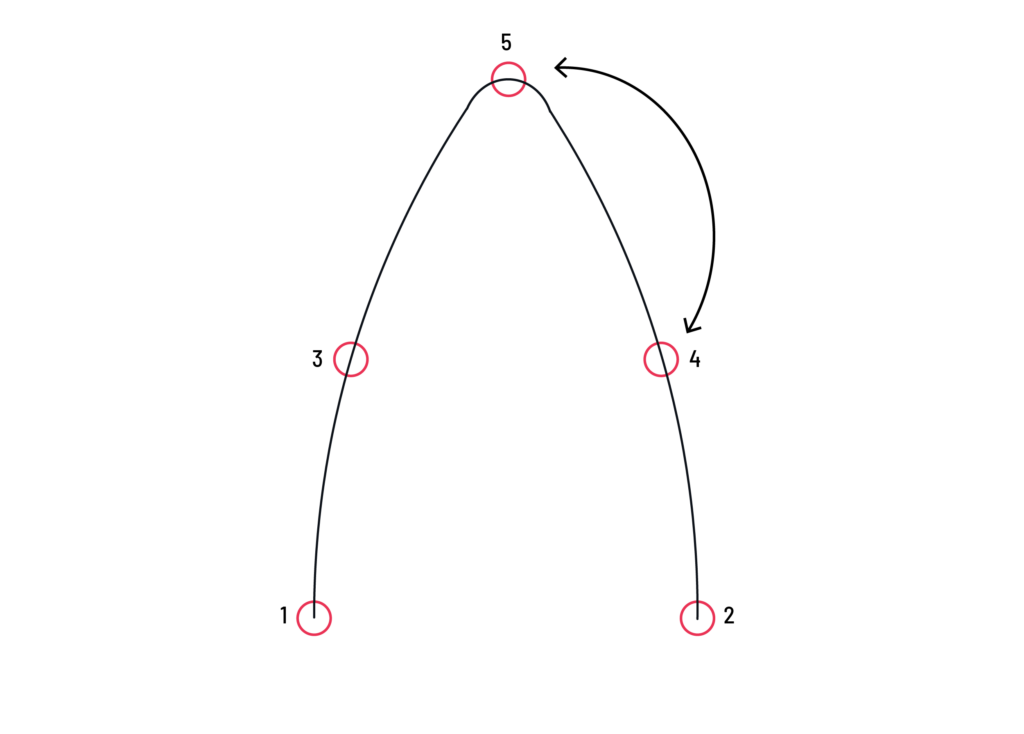
Before we get to our sort of bonus history segment, we have an update on Astra’s ELaNA 41 mission. This particular launch failed on February 10th, 2022, shortly after the first stage cut off, due to an apparent fairing separation failure, and Astra now thinks they know what happened.
The fairing separation system consists of five mechanisms that are triggered by electrical signals which occur rapidly in series to separate the two halves of the fairing from each other and from the rocket’s first stage. The problem with LV0008’s fairing separation mechanism was that its wiring harness, which sends commands from the computer to different parts of the vehicle, was designed incorrectly. This resulted in one of the separation systems being initiated in the wrong order so that the last one never got its command to fire, causing the fairing to not separate.
Astra has redesigned the harness on vehicles currently being built and has come up with a new test to catch similar errors in the future.
During the failure investigation, Astra also discovered a separate software issue that prevented the upper stage from gimballing its engine and recovering from the tumble due to its bad separation. The flight software sent a signal to start that system, but somewhere in between the computer and the engine, that signal got corrupted or lost, resulting in what is called packet loss. According to the report: ...an unlikely combination of factors [this] caused a failure that we didn’t predict.
Astra has been able to replicate this issue on their hardware simulator and modify their systems to reduce the chances of this happening again. Astra attributed these rapid fixes to the fact that they are constantly iterating on their hardware, which is designed to be simple and cheap to produce, so it’s relatively easy to implement fixes like these.
And now, let’s talk about Daylight Saving Time (DST), which goes into effect Sunday, March 13 here in much of North America.
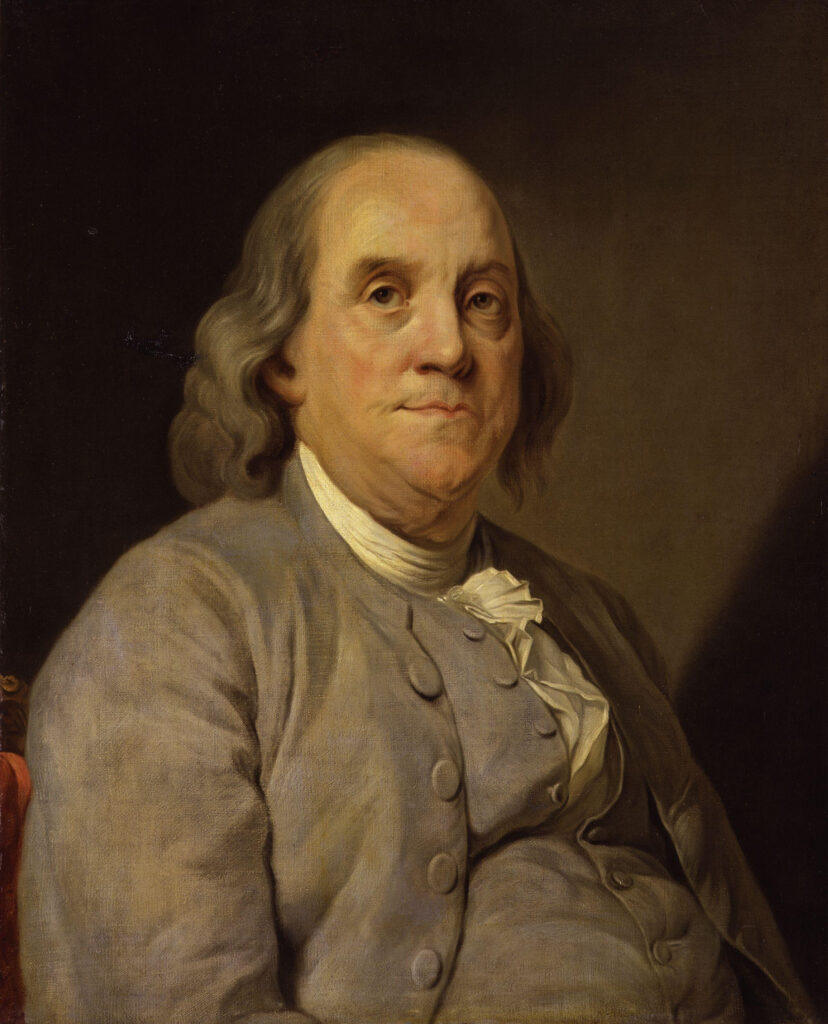
Every year at about this time, most of North America roll their clocks forward in a vain attempt to save energy. I say vain attempt because there hasn’t been any sound evidence that adjusting the clocks to chase the sunshine has actually resulted in any reduction in the demand for energy.
The story of daylight saving time goes back to 1784 when Benjamin Franklin mused about how many candles could be saved if the clocks were adjusted so that people were more in-sync with the Sun. Since then, the idea reared its ugly head every few decades, but it wasn’t until the advent of standard time in the United States and Canada, led by Sandford Flemming in about 1876 and in other countries over the next few decades, that it was even possible to propose something called Daylight Saving Time.
In 1905, William Willett, a well-known builder of houses in the United Kingdom and a fellow of the Royal Astronomical Society, came to the conclusion while out riding his horse early one morning that there were a lot of people not taking advantage of the early morning sunlight in the spring and summer. So he made it his mission to make them get up earlier in the morning by setting the clocks forward in the spring, and in 1907 published a pamphlet entitled The Waste of Daylight and thus began his campaign for the adoption of daylight saving time in the U.K.
Over the next few years, proposals to implement Daylight Saving Time were made but not adopted. However, in 1916, about a year and a half into World War I, the British Prime Minister of the day was asked in Parliament that, given there was a need to conserve electricity, gas, and oil for the war effort, would the government propose legislation along the lines of an earlier bill to introduce Daylight Saving Time. The Prime Minister said: No, sir, I cannot introduce legislation on this contentious subject.
Naturally, the topic came up repeatedly over the course of the next few weeks.
It ended up being Germany who decreed that summer daylight saving time would be instituted in Germany as a wartime measure starting at the end of April 1916, when the clocks in Germany would be set forward an hour, and that it would remain in effect until the beginning of October. Companies were strongly discouraged by the government from changing their business hours by an hour to maintain the same patterns relative to the rising and setting of the sun.
The U.K. finally implemented DST legislation in May 1916. Of course, when it was implemented, many munitions workers in the U.K. that were on shifts that started at 6 AM the next day overslept and had their wages docked for being late.
In the United States, Daylight Saving Time was signed into law for the first time on March 19, 1918, and two weeks later Americans rolled their clocks forward by an hour on Sunday, March 31.

Over the years, there have been numerous reasons given for why Daylight Saving Time should be implemented, including:
- It benefits the farmers (spoiler: cows don’t understand clocks, and thus, the farmers get even more out of sync with the rest of society), and
- It saves energy (except there’s no strong evidence to support that it does and stronger evidence that suggests it actually results in increases in energy consumption; Australia even tried to use it to offset power consumption during the 2000 Olympic games and found that demand for electricity did not decrease as a result).
But the reality is that there are significant negative consequences whenever the clocks are rolled forward in the spring or back in the fall. Perhaps the most disturbing is the fact that in the week immediately following the changing of the clocks, there is an increase in accidents because people’s sleep patterns are disrupted, and there’s a 10% increase in the likelihood that you’ll experience a heart attack in the days immediately following the time change.
When the U.S. changed the dates Daylight Saving Time started and ended via the US Energy Policy Act of 2005, the goal was to achieve a 1% reduction in energy consumption, but as far as we can tell, this wasn’t achieved. And there was reportedly lobbying for it by the convenience stores industry and sporting goods manufacturers because it would mean people would be out later in the evening playing sports and buying snacks, so one could ask whether the motivation to extend it was to save energy or sell soccer balls.
Yet, except for a couple of states in the U.S. and the province of Saskatchewan in Canada that don’t change their clocks, we continue to adjust our clocks twice a year, despite the fact it’s not saving energy, despite the increase in injuries, and despite the fact that the cows don’t care.
If you want to learn more about the history of daylight saving time, we’d like to recommend David Prerau’s book titled Seize the Daylight: The curious and contentious story of daylight saving time. We’ll include a link to it in the show notes on DailySpace.org.
This has been the Daily Space.
You can find more information on all our stories, including images, at DailySpace.org. As always, we’re here thanks to the donations of people like you. If you like our content, please consider joining our Patreon at Patreon.com/CosmoQuestX.
Credits
Written by Pamela Gay, Beth Johnson, Erik Madaus, and Gordon Dewis
Hosted by Pamela Gay, Beth Johnson, and Erik Madaus
Audio and Video Editing by Ally Pelphrey
Content Editing by Beth Johnson
Intro and Outro music by Kevin MacLeod, https://incompetech.com/music/


 We record most shows live, on Twitch. Follow us today to get alerts when we go live.
We record most shows live, on Twitch. Follow us today to get alerts when we go live.